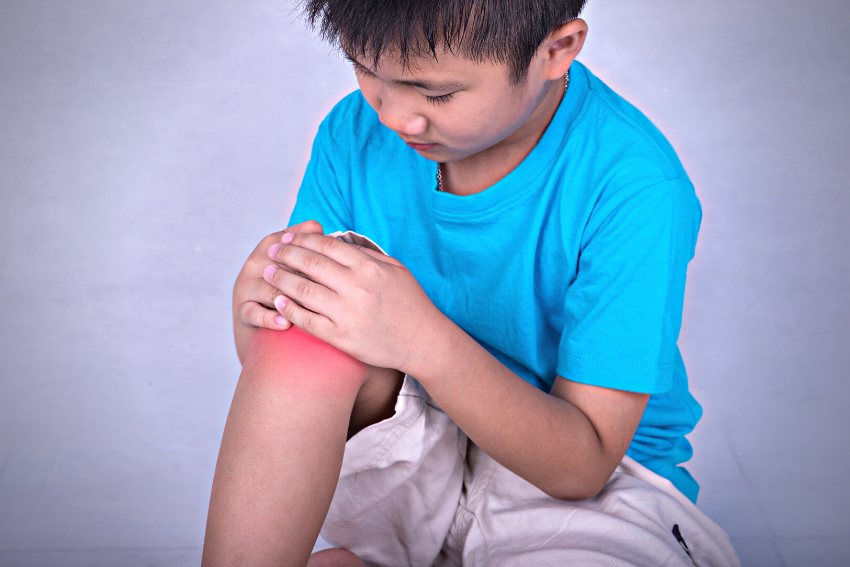Growing Pains in Children
Children in their pre-schooling and pre-teenage ages may often complain of aches in their legs. Such pains which are commonly observed in children are referred to as growing pains.
Does growth cause growing pains?
No, though named as growing pains, these leg pains are not related to growth spurts. The cause of such pains is the overuse of muscles. Children indulge in aggressive physical activities for the entire day; running, jumping, climbing, etc may result in muscular fatigue leading to such pain in the legs.
Identifying growing pains
Growing pain occurs in specific regions of the leg, including, front of the thighs, calves, and behind the knees. It is important to note that growing pains present in both the legs and do not affect the joints. Some patients may also complain of headaches or abdominal pains along with it.
These pains also present at a specific time, which is mostly late in the afternoon and early evening, and, a child may even wake up due to growing pains. The pain however disappears in the morning and does not interfere with the routine activities of the child. A child may not complain of it every day, such pain may just come and go. Also, not all children report growing pains.
Home care for growing pains
Growing pains are not worrisome and some comfort measures taken at home can put a child with them at ease. These include:
- Massaging legs muscles
- Stretching legs muscles
- Application of warm clothes or heating pads under the aching portions of the legs
- A warm shower before bedtime
Medicine for pain relief can be taken on a doctor’s prescription if the pain doesn’t subside by simple measures.
When to consult a doctor for growing pains?
Growing pains do not present with any other problem, and also do not interfere in the daily activities of the child. Care should thus be taken to identify any specific complaints in a child which may be indicative of a more serious or some other problem. Consult the doctor if:
- The child presents with fever or loss of appetite along with pain.
- Pain occurs only in one leg.
- Pain doesn’t subside in the morning.
- Pain interferes with routine activities, including playtime of the child.
- The child reports pain in the joints.
- Pain is associated with an injury.
- Pain presents with any other obvious symptoms, like limping, rashes or swelling.

